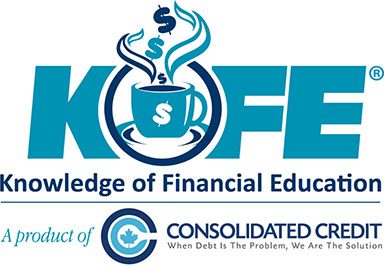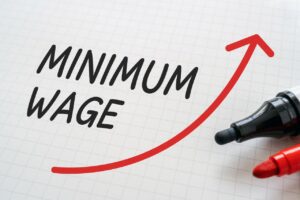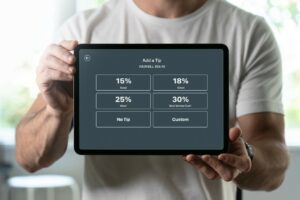Welcome to Consolidated Credit Canada
Executive Director Jeffrey Schwartz.
We are a non-profit credit counselling organization that has been helping Canadians live their best life for almost 15 years. From debt management to insolvency, Consolidated Credit Canada offers custom plans and an abundance of resources to support your financial journey.
Our main mission is to get clients out of debt and keep them out of debt.
Find Debt Relief in 3 Easy Steps
A trained credit counsellor can help you take stock of your financial situation and help you understand your options for relief and the advice is free.
Talk to a Counsellor
for Free
Review your debts, budget and credit with a trained credit counsellor to see if you qualify for a debt management program and explore other options for relief, so you can avoid bankruptcy.
Start as Soon as
You’re Ready
Take the time you need to decide. Once you are ready to enroll, we will call your creditors and work with them to lower your interest rates and stop late fees.
Get Out of
Debt Faster
The program is easy! You make one payment to us each month, and we distribute the funds to your creditors on your behalf. You can be out of debt in as little as 36 months.
Here's what our clients say...
- Best Rating:5
- Average Rating:4.9
- Reviews:6648
Free Financial Education Resources and Outreach Programs


Financial Education Videos
Watch Consolidated Credit's free financial education videos to build a better financial outlook.
In the Community
At Consolidated Credit, we believe in giving back to our community to help those who are less fortunate. Learn about Consolidated Credit’s latest efforts to support charities and fundraising initiatives across Canada, from employee fundraising campaigns to team volunteering.








Financial Wellness
Consolidated Credit recognizes the challenges that working class individuals face across Canada, and how these challenges impact productivity and retention in the workplace. That’s why we help businesses and organizations craft customizable financial wellness programs, to help employees build financial literacy through our user-friendly and interactive education platform, K.O.F.E. (Knowledge of Financial Education).
Recent News
News Archive Go to News Archive pageChanges to minimum wage and their impact on the economy
Updated:The increase in the minimum wage may influence our economy. It impacts the job market, housing market, and has major…
How to escape the monthly subscription cycle
Updated:It’s no secret that businesses do what they can to stabilize their monthly income. Many are using the monthly subscription…
Is tip-flation leading Canadians to their tipping point?
Updated:Are we on the verge of a tipping reform? Okay, the word reform when talking about tips is extreme. That…
Consumer protection laws protecting your credit card information
Updated:Consumer protection laws aim to safeguard fair trade, prevent fraud, and protect consumer rights. In Canada, it’s the Financial Consumer…




